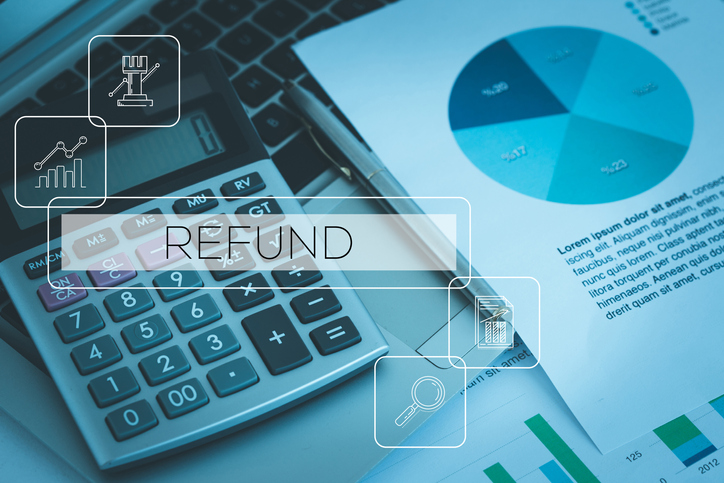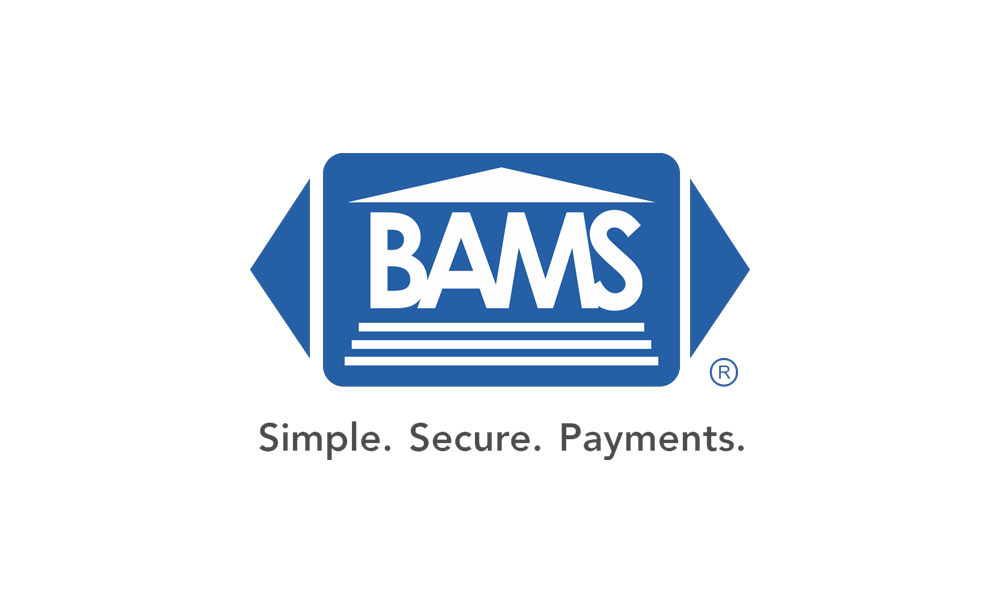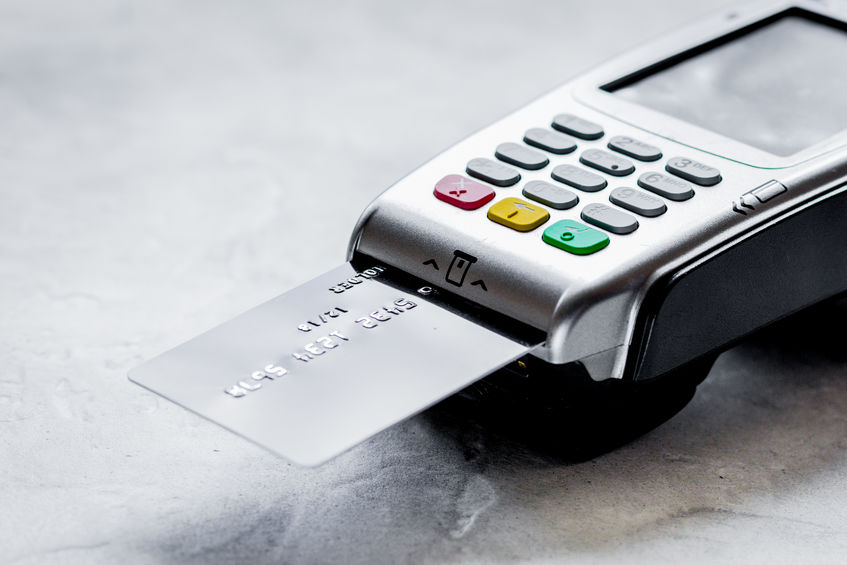4 Things to Know About Chargebacks and How to Prevent Them
One thing that any business should be aware of when processing digital payments are chargebacks and chargeback prevention. Chargebacks can have a huge impact on business owners, especially for small businesses. The last thing that a business owner wants is to have to refund a customer for services rendered or products shipped, especially when there was no fault from the company. While sometimes, chargebacks are completely justified, they can happen maliciously or unintentionally and the business owner is the one that eats the cost. Here are four things to know about chargebacks and chargeback prevention every business owner should know.
What are Chargebacks
A chargeback is a form of customer protection service provided by banking institutions or credit cards relating to charges made by businesses. The bank or card will request a revision to a charge made by a business on the customer’s behalf. Chargebacks are often the result of unintentional mistakes or malicious intent which can result in penalties on the merchant’s side.
The chargeback process begins when the customer makes a purchase from a merchant using a credit card. The payment is then processed by a payment processing company and the merchant receives the funds. The customer then has the ability to dispute the charge with their credit card company or banking institution. This is where the chargeback process officially begins.
Once the issuing bank receives a dispute claim from the customer, they initiate the chargeback process requesting a revision of the payment. The merchant can then refute the chargeback by providing documentation proving the validity of the charge. If no refute is made to the institution, they will process the revision from your account to the customer’s account.
Pre-arbitration Chargebacks
If the bank evaluates documentation for refuting a chargeback and makes a decision in favor of the merchant, they are not out of the woods yet. The customer can then either accept the situation as is or start an arbitration. This process takes the dispute to the credit card issuer rather than the banking institution or credit card company. Credit card issuers include Visa, Mastercard, American Express, Discover, etc.
Before arbitration, the case goes through the pre-arbitration chargeback process. If the original chargeback was reversed in the favor of the merchant and new evidence is provided by the cardholder, the pre-arbitration chargeback process begins. This means that the merchant already received the funds after the initial chargeback and the funds are being reviewed for their validity again. At this point, the merchant can either accept responsibility for the chargeback or let it move forward to arbitration.
Why Do Chargebacks Happen
There are a variety of reasons that chargebacks happen. Remember that chargebacks are generally initiated by the customer if they feel that the charge is invalid or fraudulent. It is the customer’s right to request a chargeback. However, not all chargebacks are due to legitimate concerns. Also, some chargebacks happen as a result of intentional or unintentional mishaps on the client-side or by the issuer. In general, the main reasons a customer will ask for a chargeback is for defective items, items not shipped, credit card problems, invalid accounts or credit card numbers, human error, or duplicate processing.
When a customer receives goods that were purchased online or as a shipment and the goods have been damaged, they may ask for a refund in the form of a chargeback. Most companies have refund policies to deal with the issues, however, customers may not know about these options and opt to go directly through their banking institution. This can also happen if the customer never receives the items that they ordered.
Credit card problems can also cause chargeback. These problems may happen due to fraudulent activity in the customer’s account. This might take the form of unauthorized phone or mail transactions from the customer’s credit card.
Sometimes chargebacks happen when a customer intentionally or unintentionally uses an invalid account and the system does not catch it. This error can be completely unintentional, such as the customer using an expired card, since some systems will accept the information to complete the transaction prior to processing the entire payment.
Finally, there are two types of technical problems that can occur that may result in chargebacks: human error and duplicate transactions. Human error occurs when a card number is entered incorrectly in a manual system. Duplicate transactions happen when the system double charges the customer for various technical reasons. This can happen when a customer double clicks the pay button or when there is a system error.
How to Prevent Chargebacks
Chargebacks can have a huge impact on a business’s revenue both short-term for single chargebacks and long-term for repeated chargebacks. Luckily, there are a few things that business owners can do for chargeback prevention.
It is important to not only have a solid return policy but also communicate it effectively with customers. You could have the best return policy on the market and still get chargebacks because customers are unaware of how to take advantage of it. Make sure that you have a clear return policy page with FAQs and links to relevant sources for customers trying to process returns.
Provide your contact information such as a customer service phone number, corporate phone number, or email address. This will help your customer come to you first rather than going straight to their banking institution for issues that could have been solved in-house.
Include detailed product descriptions for online products to ensure that your customer knows exactly what they are getting before they spend money on it.
Avoid manual credit card entries wherever possible to minimize card processing errors. You can also include address verification as an added security measure such as verifying the zip code associated with a card.
It can be a good practice to always request a signature for in-person transactions to avoid processing payments on a fraudulent card.
Finally, you can use shipping insurance to protect your investment in the case of damage or lost goods.
Now that you know what chargebacks are, you have the tools you need to avoid them in the future and save your business a lot of hassle.




